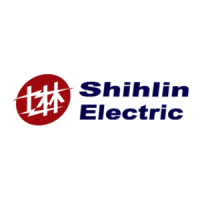
Do you have a question about the Shihlin electric SF-040-22K and is the answer not in the manual?
| Model | SF-040-22K |
|---|---|
| Category | Inverter |
| Rated Power | 22 kW |
| Rated Power (kW) | 22 |
| Output Power | 22 kW |
| Frequency | 50/60 Hz |
| Protection Level | IP20 |
| Cooling Method | Forced Air Cooling |
| Input Voltage | 380-480 VAC |
| Output Voltage | 380-480 VAC |
| Operating Temperature | -10°C to 50°C |
| Storage Temperature | -20°C to 60°C |
| Humidity | 5% to 95% (non-condensing) |
| Altitude | Up to 1000 m |
Covers essential aspects of inverter installation and wiring procedures.
Provides important notices and precautions for proper inverter installation.
Shows the system wiring arrangement for specific inverter series.
Details the terminal wiring arrangement for specific inverter models.
Emphasizes the importance and method of proper grounding for safety and noise reduction.
Provides precautions for both main circuit and control circuit wiring.
Explains the function and usage of the Mini Jumper.
Specifies power cable sizes and terminal tightening torques for various models.
Explains the different operating modes available for the inverter.
Step-by-step guide for operating the inverter in PU mode.
Step-by-step guide for operating the inverter in external mode.
Step-by-step guide for operating the inverter in JOG mode.
Details essential checks and preparations before starting inverter operation.
Guides the user through the trial run procedure after installation.
Explains how to set Torque Boost for improved motor starting performance.
Details parameters for setting the upper and lower limits of the output frequency.
Explains parameters for setting the base frequency and base voltage for motor control.
Covers parameters for setting multiple speed levels for the inverter.
Details parameters for configuring acceleration and deceleration times.
Details parameters for DC injection braking for motor rotor locking.
Allows selection of different VF curves based on load patterns.
Explains stall prevention parameters to avoid motor stalling under heavy loads.
Allows selection of different acceleration/deceleration curve patterns.
Details parameters for selecting regenerative brake functions and duty.
Covers parameters for serial communication settings and protocols.
Explains how to select voltage signals and set target frequency input parameters.
Details how to set the target frequency using input signals from terminal 4-5.
Explains parameters for configuring multi-function output terminals and relays.
Selects the primary operating mode of the inverter.
Configures the functions of multi-function terminals for flexible control.
Configures multi-step programmed operation sequences for various tasks.
Provides comprehensive parameters for PID control loop configuration.
Configures the multi-machine constant pressure system function for pump control.
Provides access to alarm history and status for troubleshooting.
Restores all or selected parameters to factory default values.


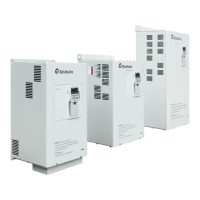
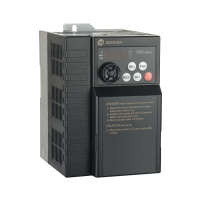
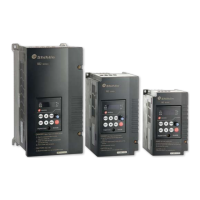
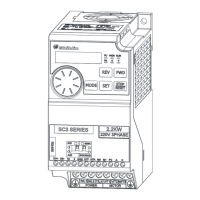





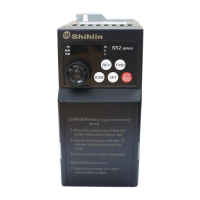
